How Sir Walter Scott made the Dandie Dinmont terrier a legend
This week marked Sir Walter Scott’s birthday — and so it seemed the right moment to celebrate the terrier that owes its fame, and its name, to his pen.


All Fine and Dandie
‘It is common knowledge that, if Sir Walter Scott had not published Guy Mannering in 1815, the history of the development of the wise, wily and workmanlike terriers from north of the Border might have been quite different,’ wrote S. M. Lampson in Country Life in February 1964.
In that article, aptly titled ‘Terrier Made Famous by a Novel’, Lampson reflected on Scott’s vivid portrayal of the breed’s training — a passage many breed lovers know by heart:
‘I had them a’ regularly entered, first wi’ rottens — then wi’ stots or weasels — then wi’ the tods and brocks — and now they fear naething that ever cam wi’ a hairy skin on ’t.’
The breed owes its name to Roxburghshire farmer James Davidson’s terriers, Pepper and Mustard, which caught the author’s eye. In Guy Mannering, Scott named his sporting-farmer character Dandie Dinmont and gave him a pack of terriers: Auld Pepper, Young Pepper, Little Pepper, Auld Mustard, Young Mustard and Little Mustard.
Henceforth, the dogs became known as Dandie Dinmont terriers — with their accepted colours labelled accordingly: pepper (blue/grey) and mustard (sandy/brown).
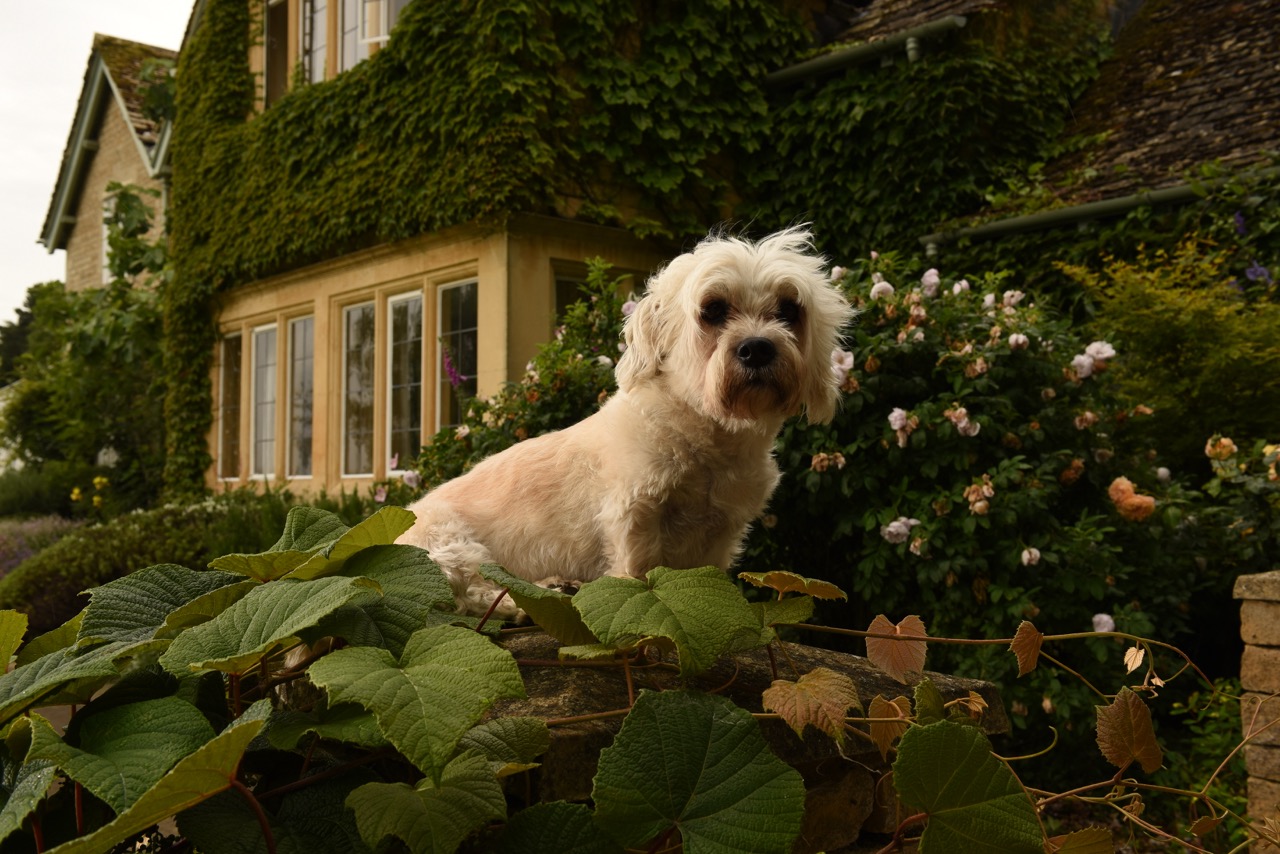

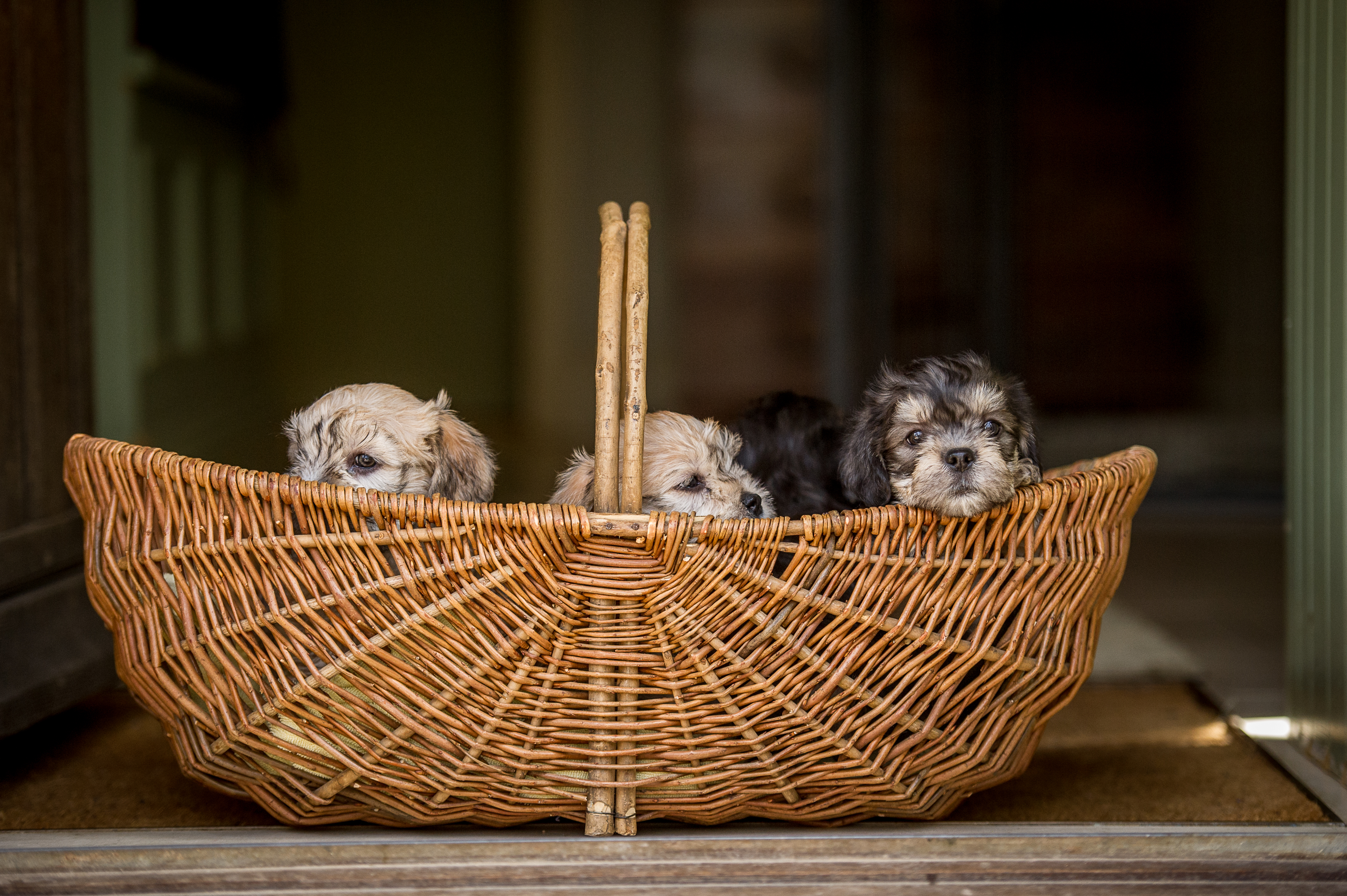
Famous Fans and Ancestral Lines
Exquisite houses, the beauty of Nature, and how to get the most from your life, straight to your inbox.
Opt for a Dandie Dinmont and you’ll be in fine company. Notable owners have included Queen Victoria, Edward VII, Agatha Christie, Sir Edwin Landseer, George Bernard Shaw and Sir Alec Guinness.
When Boris Johnson was editing The Spectator, the office was reportedly ‘terrorised’ by one named Laszlo.
Today, the 2nd Earl of Snowdon (David Linley) and the 10th Duke of Buccleuch are devoted fans. In 2015, the Duke — Chief of Clan Scott — granted the breed permission to wear the official black-and-white Sir Walter Scott tartan, making it the only breed with such an honour.
His family’s ties with the breed run deep: today’s Dandies are thought to descend from ‘Old Ginger’, a dog bred from one caught in a trap on the 5th Duke of Buccleuch’s Selkirk estate in 1839, and a bitch descended from Scott’s own dogs.
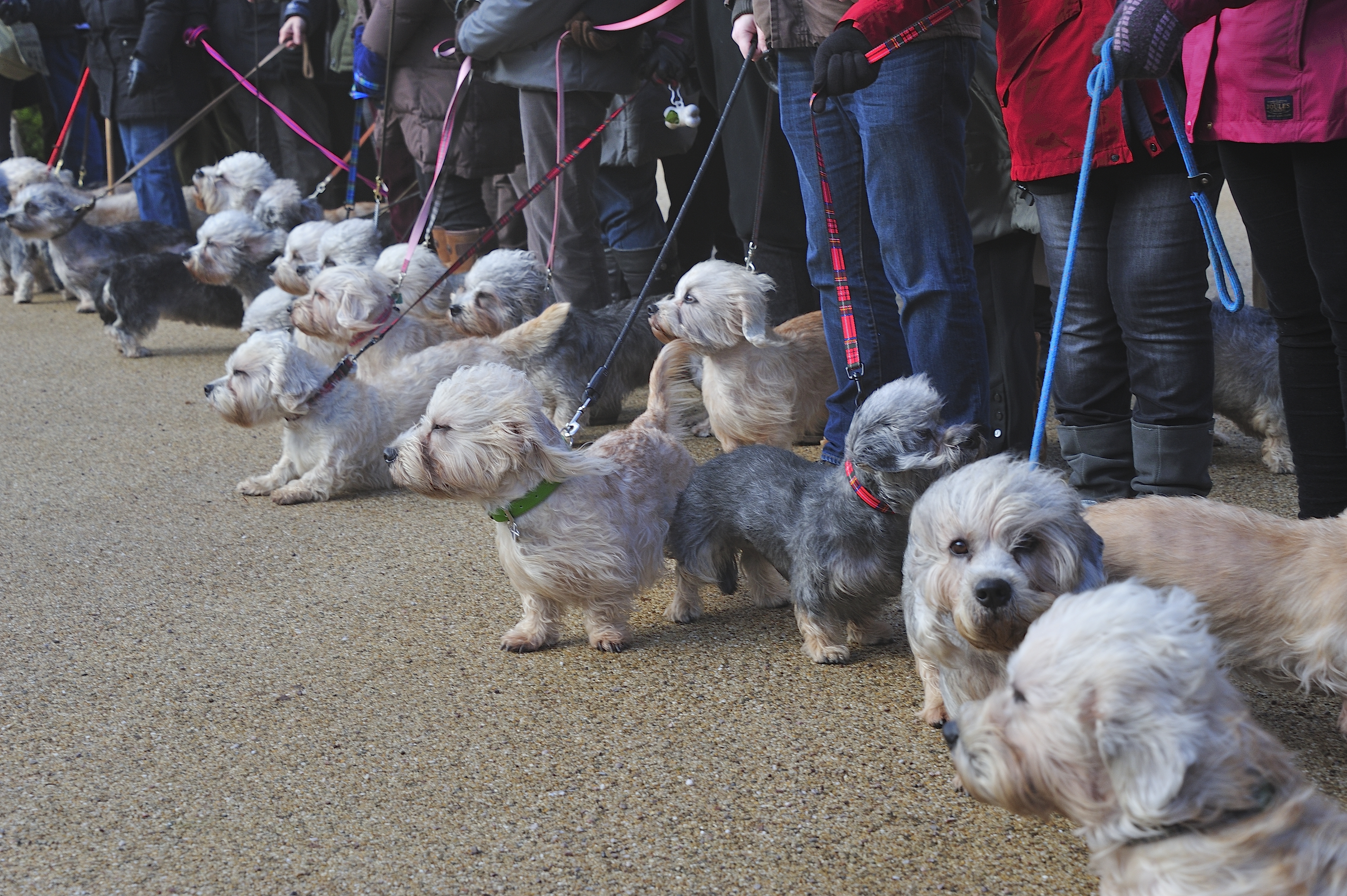
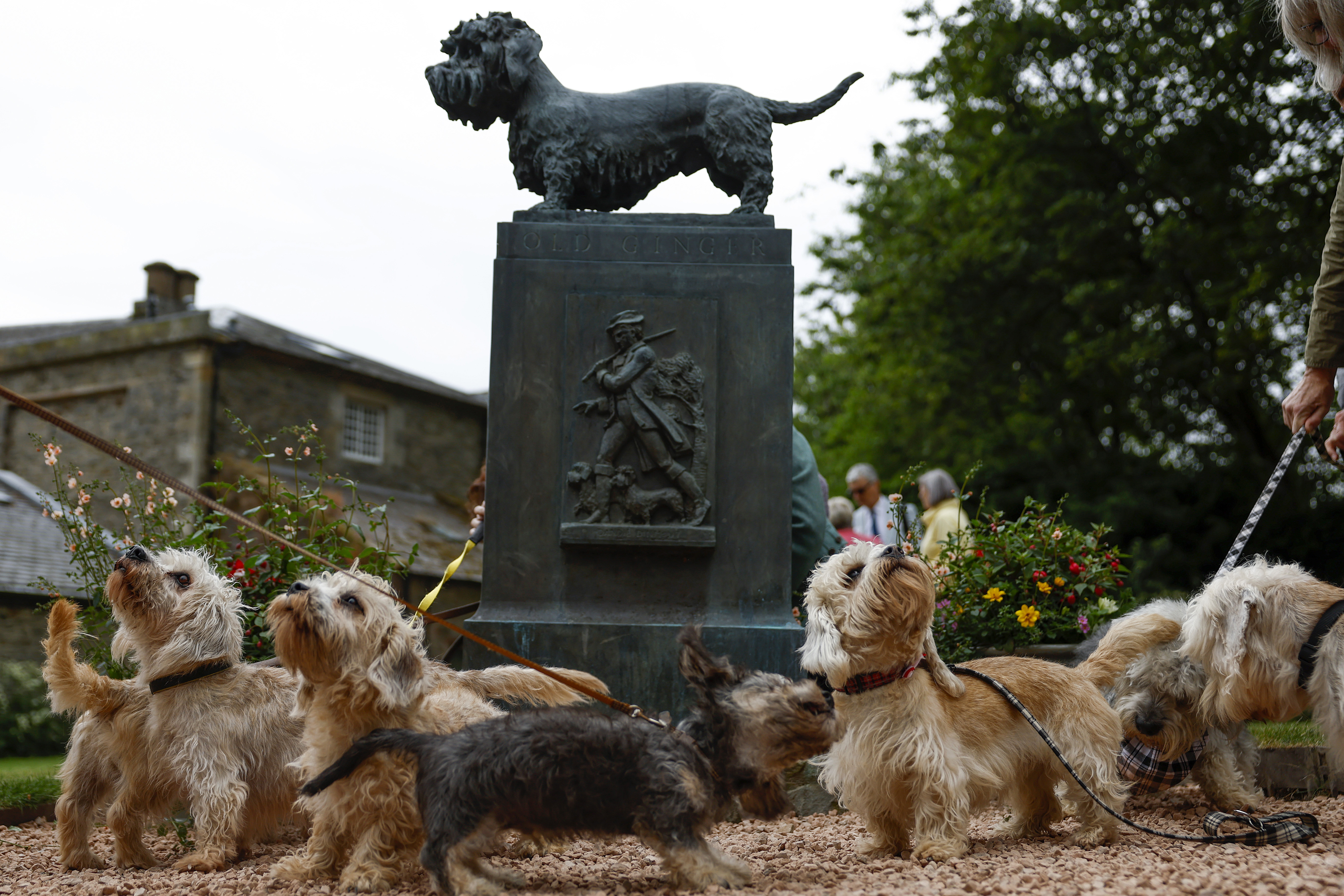
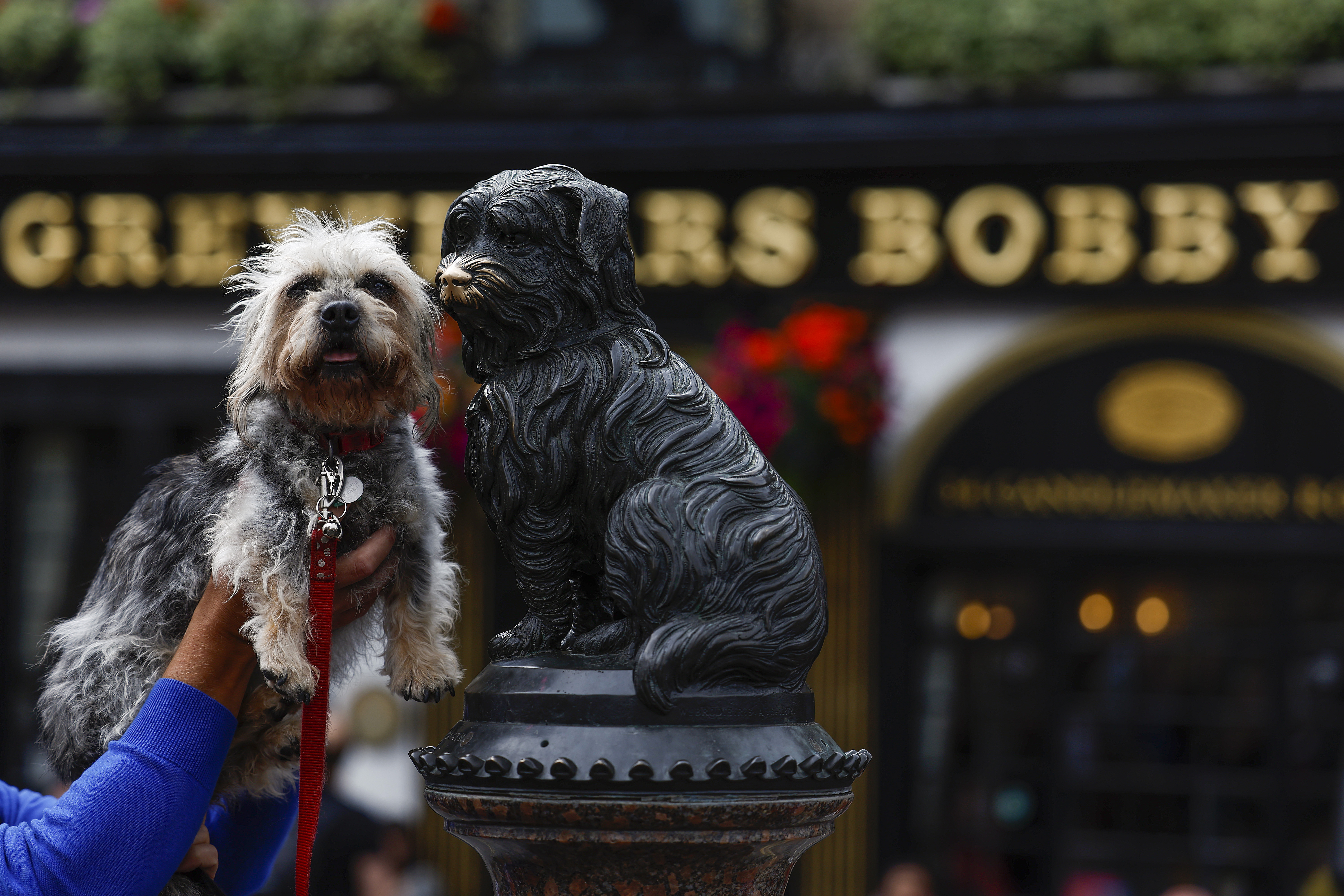
A terrier with Character
Once favoured by travellers and poachers for their skill with rabbits, rats, foxes, otters and badgers, Dandie Dinmonts are now mostly companions — but still brimming with courage.
Their soulful eyes, long low ‘weasel-like’ bodies, and signature silken topknots make them impossible to ignore. Intelligent, affectionate and dignified, these little Scots may be rare today — but they’re one of a kind.
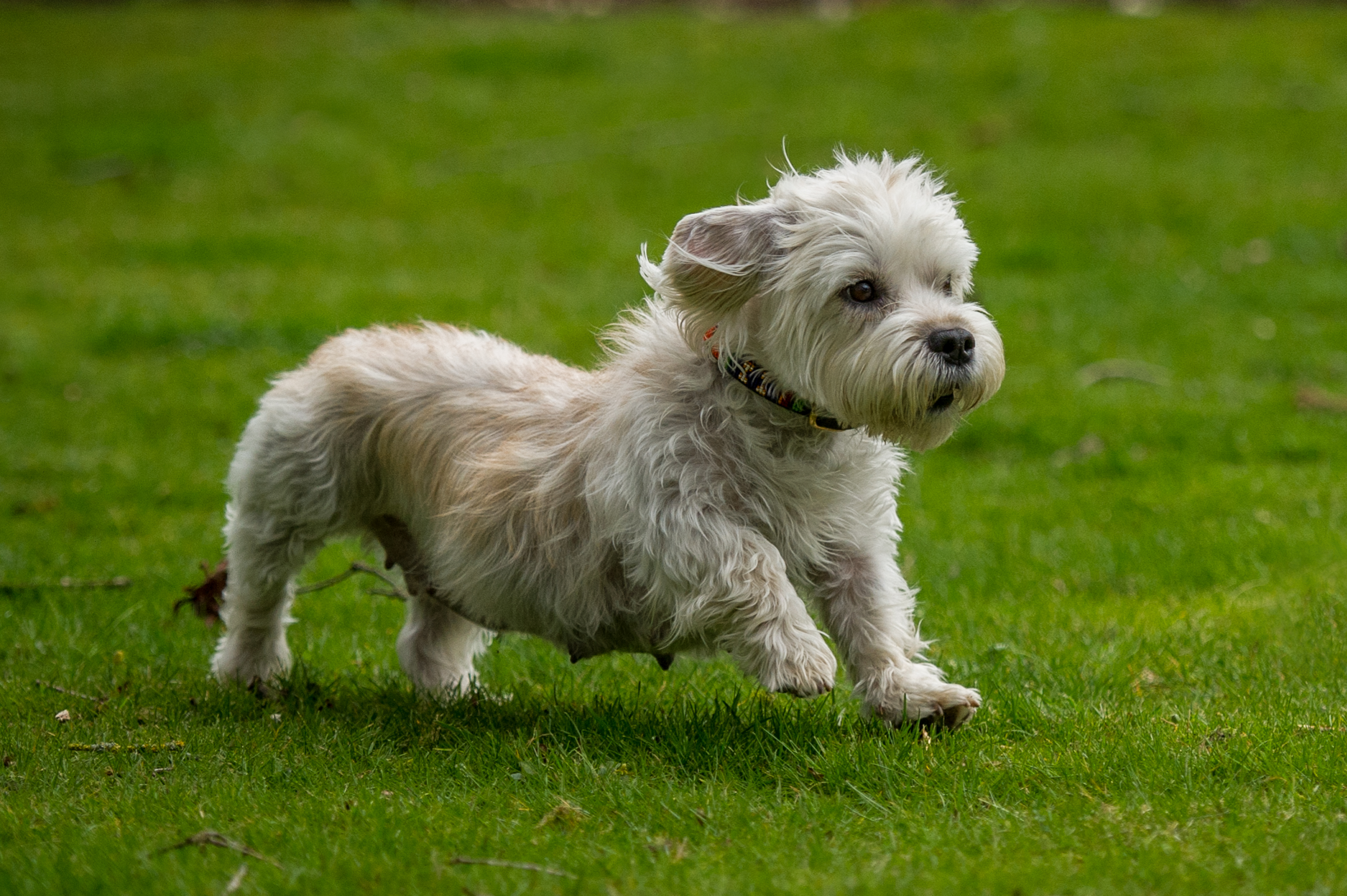
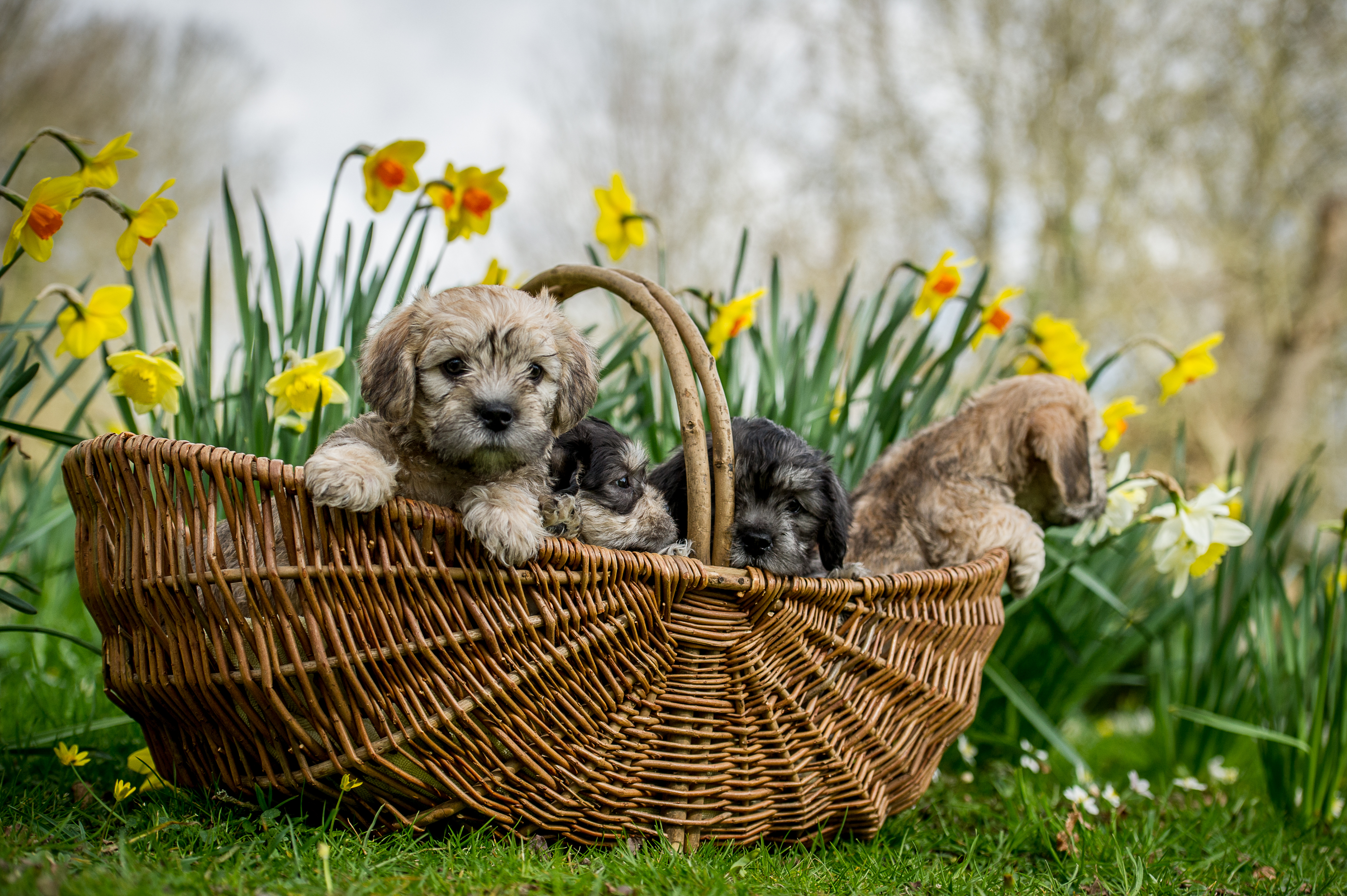
In 2024, just 81 Dandie Dinmont terrier puppies were registered with the Kennel Club, marking them as a rare breed. Small in size but big in personality, they’re equally at home in town or country, making adaptable companions for a variety of lifestyles.
This feature originally appeared in the March 25, 2025, issue of Country Life. Click here for more information on how to subscribe
